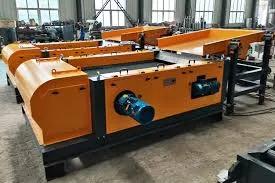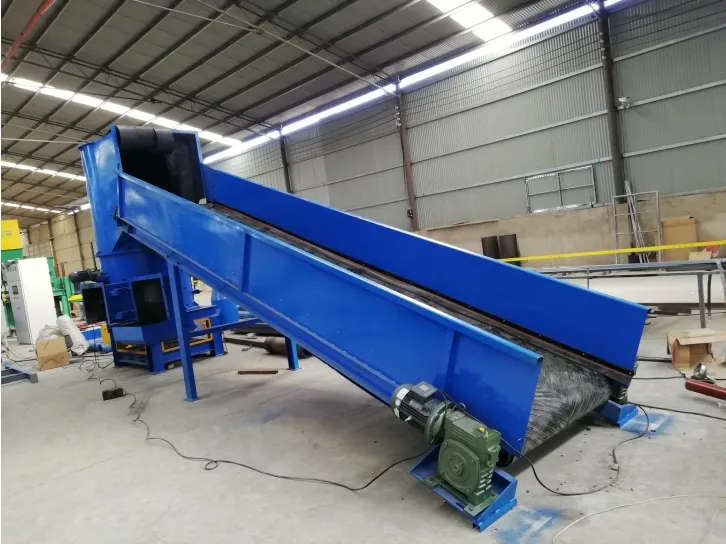Steel recycling plants represent an innovative frontier in the evolving landscape of sustainable manufacturing, embodying cutting-edge technological advancements and environmental stewardship. As these facilities become increasingly integral to reducing carbon footprints and promoting circular economies, understanding their multifaceted operation provides valuable insights into their influential role in the global steel industry.

In the heart of a steel recycling plant lies sophisticated machinery designed for shredding, sorting, and melting various steel products. This infrastructure includes high-capacity shredders, magnetic separators, and advanced furnaces, each working in concert to transform discarded steel into reusable raw materials. The process begins with the collection of scrap steel from diverse sources such as old vehicles, decommissioned buildings, and defunct appliances. The collected materials undergo rigorous sorting, often utilizing powerful magnets that effortlessly differentiate ferrous materials from non-ferrous counterparts, ensuring the purity and quality of the end product.
One of the remarkable aspects of steel recycling is its efficiency and environmental benefits. Recycling steel consumes substantially less energy compared to producing virgin steel from iron ore. This energy reduction translates to lower greenhouse gas emissions, making it a vital component in combating climate change. Furthermore, steel can be recycled indefinitely without any degradation of quality, offering a sustainable solution for resource conservation. This closed-loop system not only diminishes the need for mining raw materials but also reduces landfill usage, aligning with global sustainability goals.

The expertise within steel recycling plants is not limited to mechanical processes but extends to innovative management strategies and research. Plant operators and engineers continuously refine their methods to enhance efficiency and output. These specialists employ data analytics and machine learning to optimize sorting and processing techniques, ensuring minimal waste and maximum recovery of resources. Continuous research and development efforts drive technological advancements, making steel recycling plants pivotal in setting industry standards.
steel recycling plant
A testament to the authoritative nature of steel recycling plants is their compliance with strict environmental regulations and safety standards. Operators are routinely audited to meet international benchmarks, adhering to protocols that safeguard worker safety and minimize environmental impact. Transparency in operations, coupled with sustainable practices, builds trust with stakeholders, ranging from local communities to global corporations. These plants often engage with academic institutions and industry experts to pioneer research in recycling methodologies, showcasing their leadership in fostering innovation.
Trustworthiness is further reinforced through partnerships and certifications from reputable environmental bodies. Steel recycling plants often collaborate with governmental agencies and non-profit organizations to launch initiatives aimed at raising awareness about sustainable practices. By participating in such partnerships, these plants demonstrate their commitment to corporate social responsibility, bolstering their reputation as trustworthy stewards of the environment.
In the realm of steel recycling, economic viability and environmental stewardship go hand in hand. By integrating cutting-edge technology, maintaining strict regulatory compliance, and fostering collaborative partnerships, steel recycling plants exemplify a business model that balances profitability with planetary health. Their role extends beyond mere material recovery; they actively shape the future of the manufacturing industry by promoting recycling as a cornerstone of a sustainable economy.
The narrative of steel recycling plants is one of innovation, responsibility, and leadership. As they navigate the challenges and opportunities of the industry, these facilities stand out not just as recyclers but as architects of a sustainable future, reinforcing the potential for industries to operate both economically and ethically. Through their continuous evolution and commitment to excellence, they serve as a blueprint for industries aiming to embrace sustainability without compromising on quality or profitability.


